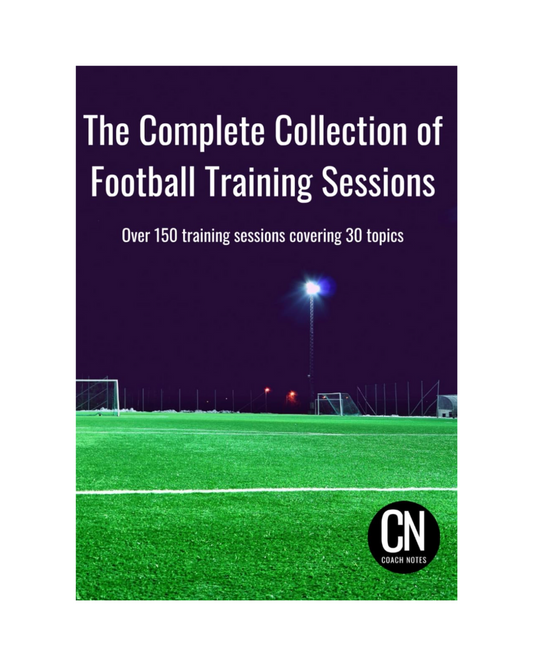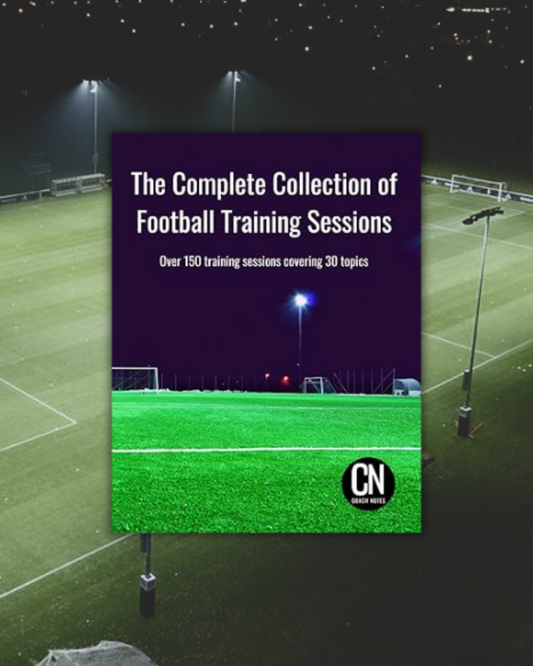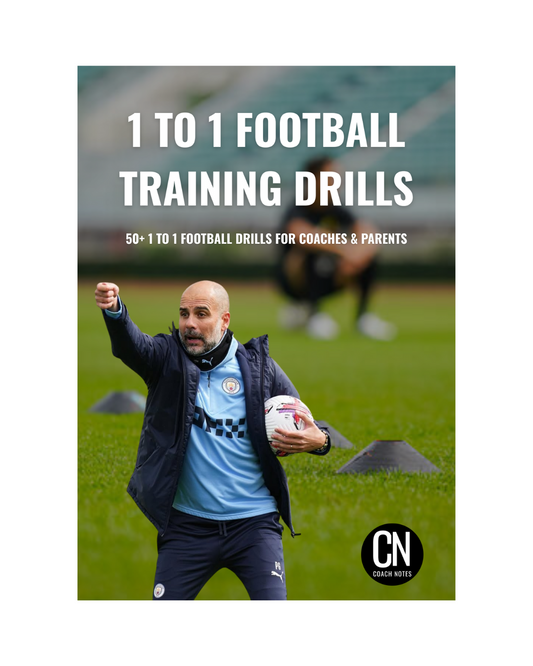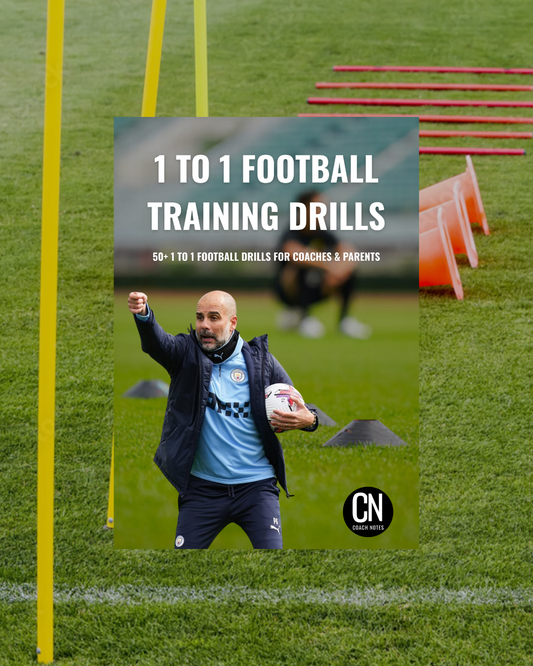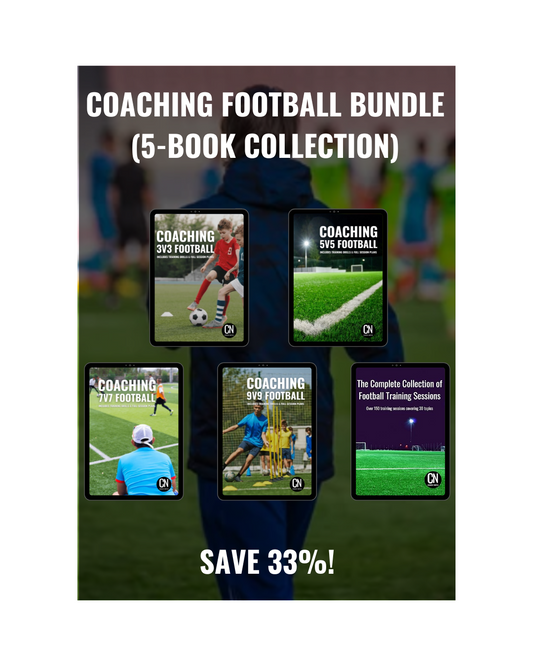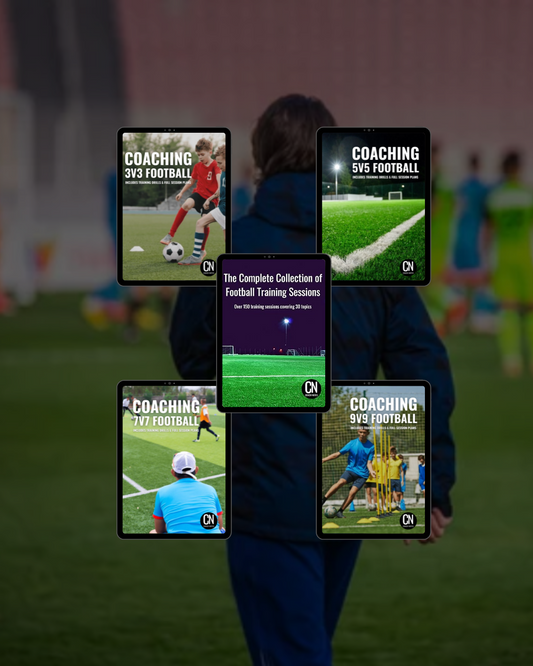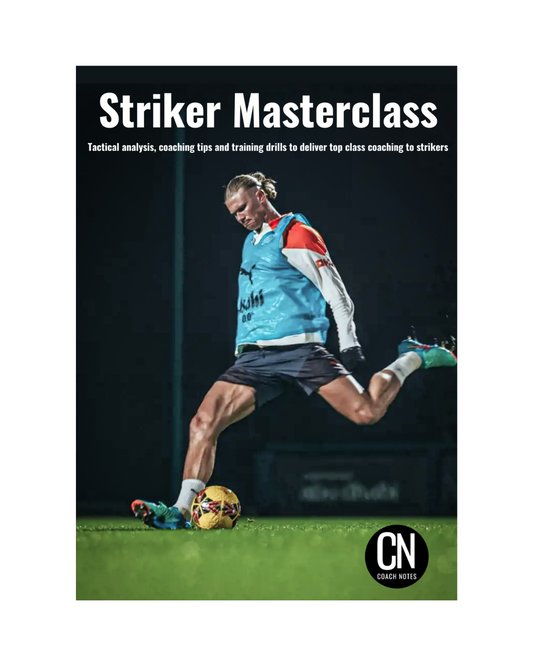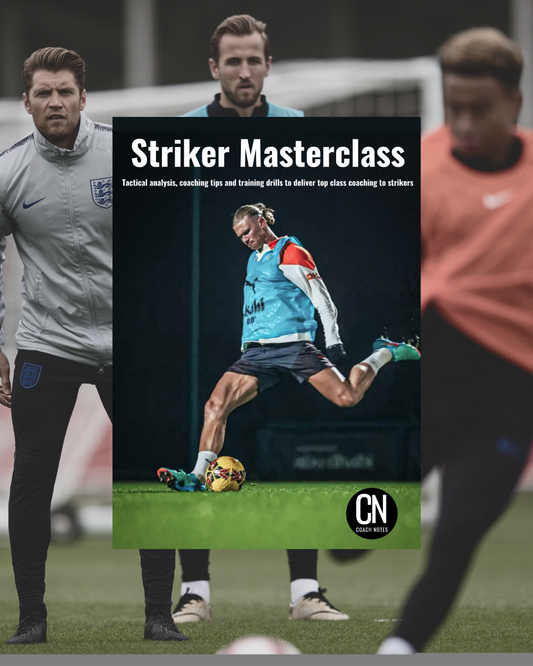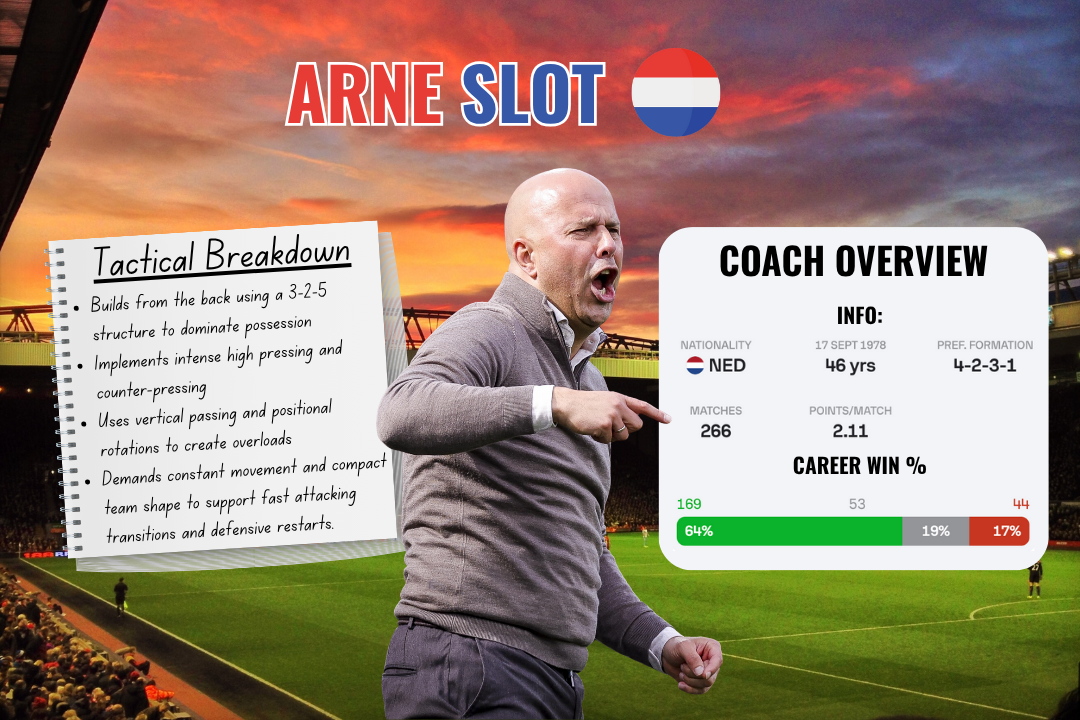
Arne Slot
Share
👤 Coach Bio
Arne Slot is part of a new wave of progressive Dutch coaches with a strong foundation in positional play, pressing systems, and modern build-up structures. After a modest playing career in the Eredivisie, Slot transitioned into coaching and quickly developed a reputation for tactical clarity and player development.
His most notable work came at AZ Alkmaar and Feyenoord, where he implemented a high-tempo, possession-based style that blended Dutch principles with aggressive pressing. At Feyenoord, he won the Eredivisie title and built one of the most well-drilled sides in Europe. In 2024, he took over at Liverpool, tasked with evolving their style post-Klopp while maintaining the club’s intensity and identity.
⚽️ Playing Philosophy
Arne Slot’s philosophy is rooted in positional play, structured pressing, and dominance through ball circulation. His sides are drilled to control the game through intelligent occupation of space, quick ball movement, and coordinated counter-pressing.
Slot believes in collective synchronisation, all players understanding their role in relation to the ball, opponent, and team shape. He favours proactive football, where the team is aggressive in all phases but never chaotic. His methodology leans heavily on principles rather than rigid formations, allowing adaptability within a clear identity.
🧩 Style of Play
In Possession
Slot’s teams usually operate in a 4-3-3 or 4-2-3-1 formation that morphs into a 3-2-5 structure in possession. Build-up starts from the back with composure and clear patterns.
- Build-up Structure: One full-back often inverts alongside a holding midfielder to form a double pivot while the other maintains width. The back three provide circulation options with the goalkeeper often acting as a spare man.
- Progression: The ball is moved quickly with an emphasis on creating triangles and overloads in central areas. Slot encourages third-man runs, positional rotations, and vertical passing.
- Final Third Play: Wingers hold width to stretch the defensive line, allowing the 10 and interior midfielders to arrive in advanced spaces. The striker often drops to link play while wide players attack the space in behind.
Out of Possession
Slot’s defensive shape is aggressive and well-organised, designed to win the ball back high and force errors.
- Pressing: His teams use a high block with man-oriented pressing triggers. When pressing the first phase, attackers cut off inside passing lanes while midfielders jump to intercept or engage.
- Compactness: The team remains vertically and horizontally tight, making it difficult for opponents to play through the middle.
- Counterpress: Slot places heavy focus on winning the ball immediately after a loss. Players are positioned to collapse around the ball with intensity.
Transitional Moments
- Attacking Transitions: Slot wants his teams to break quickly with wide players sprinting into space and midfielders flooding forward. However, this is done within a structured framework that balances risk and support.
- Defensive Transitions: The first instinct is to counterpress. If that fails, the team retreats into a compact mid-block to delay and regroup.
🧠 How to Coach Like Arne Slot
Slot’s methodology is detailed, progressive, and repetition-based. He blends tactical education with high-tempo drills that mirror match situations.
- Positional Play Routines: Training often begins with rondos or positional games, reinforcing spatial awareness and ball circulation under pressure.
- Patterned Build-Up: Players rehearse build-up movements under varying constraints, focusing on rotation and decision-making in tight zones.
- Pressing Triggers: Slot installs clear pressing cues – a poor touch, backward pass, or isolated opponent all trigger aggressive collective pressure.
- Video Feedback: He uses video extensively to reinforce tactical understanding and individual role clarity.
👥 Player Profiles
Slot prefers intelligent, versatile players who are comfortable in tight spaces and committed out of possession.
- Centre-Backs: Must be comfortable progressing the ball and defending in large spaces. Communication and positioning are key.
- Full-Backs: One typically inverts, requiring midfield intelligence and passing ability. The other often overlaps and must be athletic and technical.
- Midfielders: His pivots need tactical awareness and positional discipline. Advanced midfielders must find pockets of space and make dynamic runs.
- Wingers: Wide players are tasked with width and directness. They need 1v1 ability, but also positional intelligence and work rate.
- Striker: A mobile forward capable of linking play and pressing from the front, while offering threat in behind.
🔑 Key Takeaways for Coaches
- Use Principles Over Formations: Slot’s approach is flexible and built on roles, space, and decision-making, not rigid systems.
- Coach Transitions: Both attacking and defensive transitions are core to Slot’s game model. Train players to react instantly after a turnover.
- Develop Technical Foundations: Ball circulation and spatial play must be technically sharp. Use small-sided, high-intensity drills to ingrain this.
- Prioritise Synchronisation: Slot’s pressing and positional play depend on collective understanding. Repetition and clear cues are essential.
- Encourage Risk Within Structure: Slot’s football is progressive and aggressive but balanced. Teach players to take risks with intelligent coverage behind.


